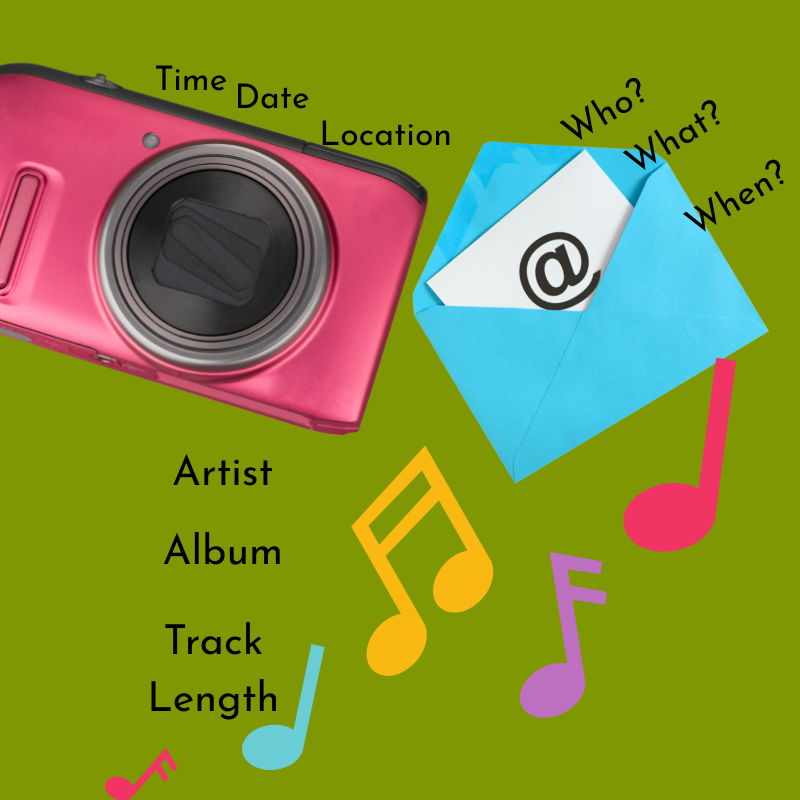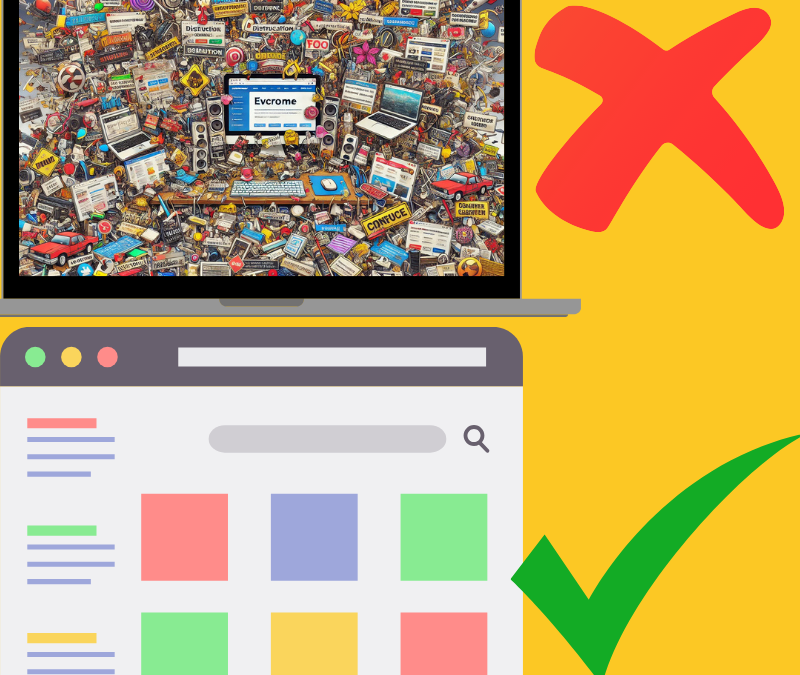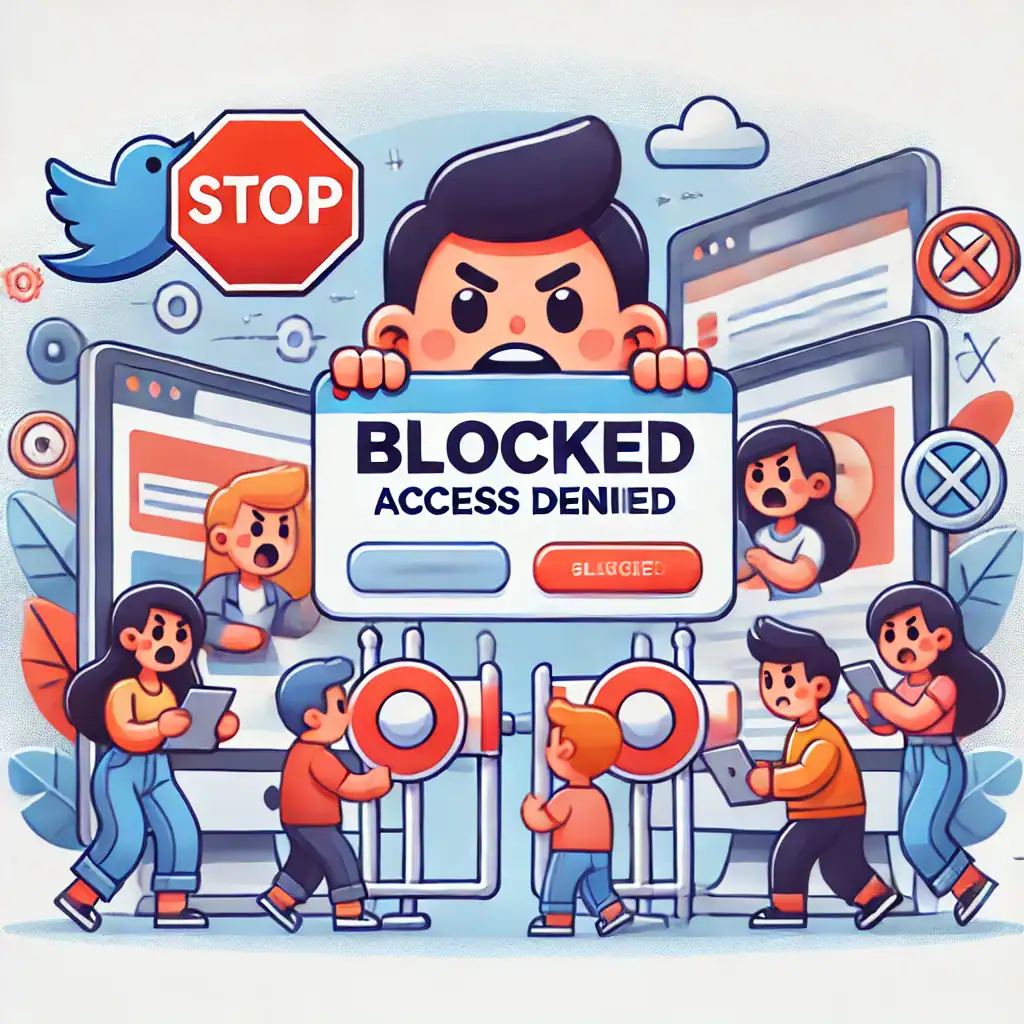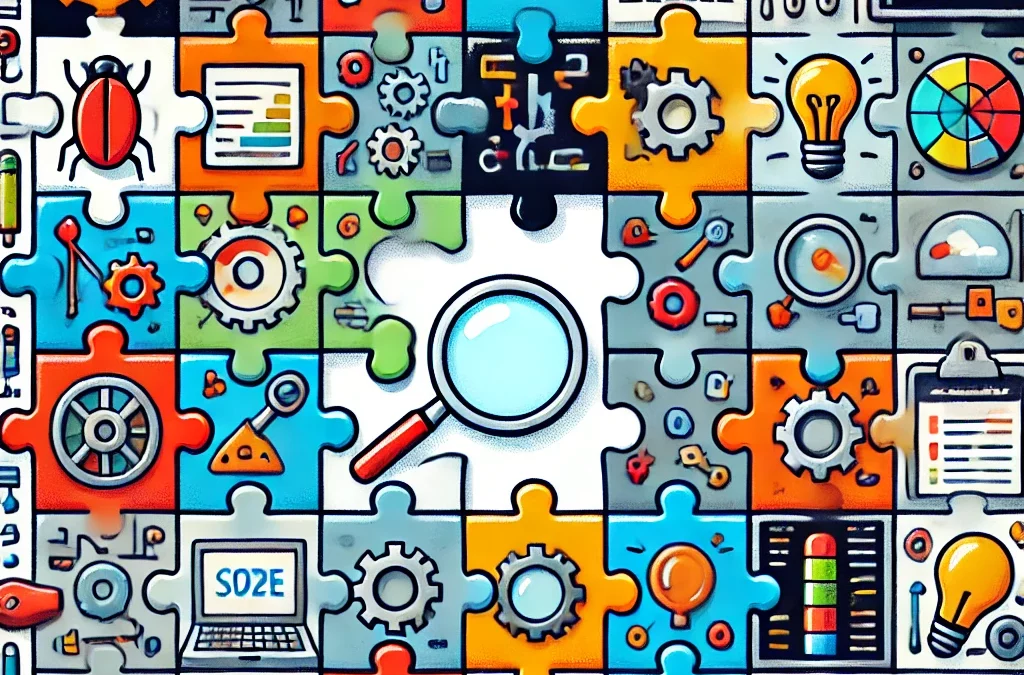
What Is Metadata – A Simple Guide (and Why It Matters for Your Website)
What is metadata? It might sound a little techy, but chances are you come across metadata every single day—whether you realise it or not. From websites and emails to your phone’s photo album, metadata is quietly working behind the scenes to keep everything organised and searchable.
Let’s walk through exactly what metadata is, where you’ll find it, and why it’s so important—especially if you’re building your own website.
What Is Metadata?
Metadata is information about other information. Sounds strange? Don’t worry—here’s a simple example:
Let’s say you snap a photo on your phone. The image is your data, but things like the time, date, location, and even the camera settings? That’s metadata. It helps sort, label, and make sense of files behind the scenes.
On websites, metadata helps search engines understand what a page is about. In music, it helps you find the artist, album, or track length. And in your emails? It’s what shows who sent it, when, and what the subject is—all thanks to metadata.

In short, metadata gives context to your content—helping systems (and people) understand what it is and how to use it.
If you’re building your own website, platforms like Wealthy Affiliate show you how to use metadata properly — step by step.
Different Types of Metadata (In plain English!)
You don’t need to be an expert to understand that there are a few different types of metadata. Let’s break them down:
- Descriptive Metadata – This tells you the who, what, when, and where of a file. It’s great for finding things. Imagine looking for a blog post by date or an image by title—descriptive metadata helps with that.
- Structural Metadata – Sounds fancy, but it just shows how things are arranged. Think of chapters in a book or slides in a presentation. It shows what fits where.
- Administrative Metadata – This is all the techy stuff, like file types, permissions, or when something was last changed. It’s useful for keeping everything working and secure.
How Metadata Shows Up in Everyday Life
Once you know what metadata is, you’ll start spotting it everywhere. Here are a few everyday examples:
- Music Apps – Ever noticed how your playlist knows the artist, album, and track length? That’s all metadata.
- Photos – You might not see it, but most photos have hidden info like the date, location, and camera settings.
- Emails – The sender, recipient, subject line, and time sent? That’s metadata too.
- Documents – Metadata tracks who created it, when it was last edited, and even how many versions exist.
So, even if you’re not a techy person, metadata is quietly helping you every day.
The Critical Role of Metadata in the Digital Age
Now let’s get to why metadata really matters—especially if you’re building a website or learning about digital content.
- Finding Things Quickly
Metadata helps you stay organised. With so much information floating around online, metadata is what lets search engines—and people—find exactly what they need, quickly.
2. Website SEO and Discoverability
If you’re starting a blog or website, metadata helps search engines like Google understand what your page is about. Adding good titles, descriptions, and keywords (aka metadata!) makes it easier for your site to be found.

- Privacy and Security
This bit is really important: some metadata can reveal more than you expect—like where a photo was taken. It’s good to know what kind of info your files carry and how to protect it, especially when sharing online. - Systems That Talk to Each Other
In tech-speak, this is called “interoperability” (bit of a mouthful, I know). It just means different platforms and systems can understand each other, and metadata makes that possible. It keeps your content readable and usable, no matter where it goes.
Why You Should Care About Metadata: The Benefits
- Better Search Results
Whether you’re searching on Google or organising your own website, metadata helps surface the most useful and relevant content.
- Personalised Experiences
Streaming platforms or online shops recommend things based on metadata. It’s how your Netflix queue knows you love feel-good dramas!
- Smarter Business Decisions
If you’re running a business or online store, metadata can help track what’s working and what needs improving. It’s data that helps you understand your customers better.
- 4. Easier Website Building
When you start building your own website, platforms like Wealthy Affiliate teach you how to use metadata properly to boost visibility and user experience—without overwhelming you.
Frequently Asked Questions
What is an example of metadata?
A common example is a photo on your phone.
The image itself is the data, but details like the time, date, location, and even the camera settings are all metadata.
On a website, metadata is things like the page title and description that help search engines (and readers) understand what the page is about.
Is metadata important for SEO?
Yes. Metadata tells search engines what your page is about.
A clear title and description can improve how your site appears in search results and encourage more people to click through.
It doesn’t guarantee rankings, but it helps your content get discovered and understood.
How do I add metadata to my website?
Can metadata affect my privacy?
It can. For example, photos often carry hidden metadata with location details.
If you share images online, it’s worth checking the settings on your phone or editing out location data before uploading.
And Finally…
So, what is metadata? It’s the invisible glue that helps your online world make sense.
Understanding what metadata is doesn’t need to be complicated—and now you’ve got a solid grasp on the basics! Whether you’re uploading photos, writing blog posts, or building your first website, knowing how metadata works gives you an edge.
It keeps your content discoverable, helps you stay organised, and even protects your digital footprint.
Have you come across metadata before but didn’t realise what it was? Or are you just starting to notice it in your own content?
Pop your questions or thoughts in the comments—I’d love to know how you’re getting on.
If you’d like practical, step-by-step help with using metadata (and the rest of your site foundations), you can start Wealthy Affiliate’s free plan here

















